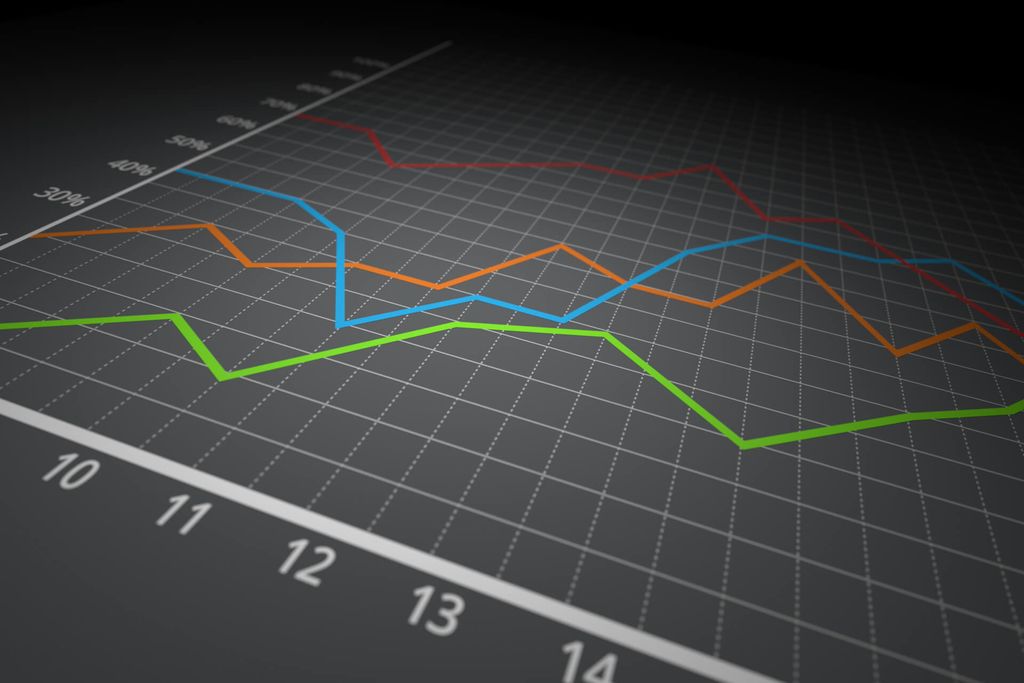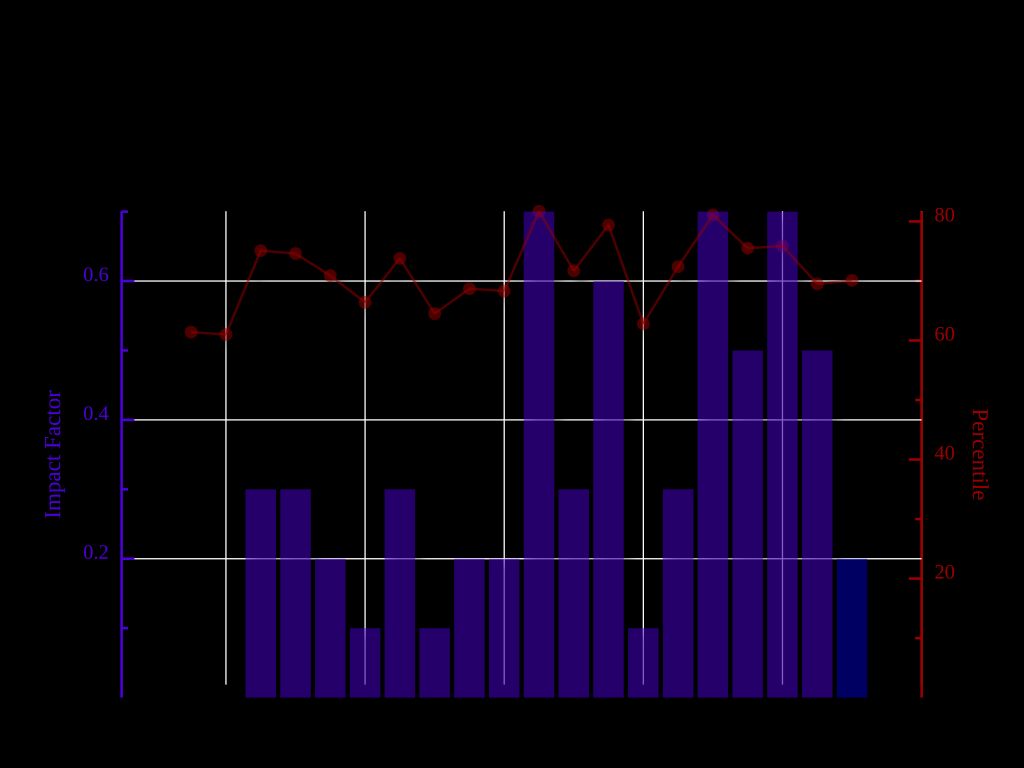Swing trading is a popular strategy that aims to capture short to medium-term price movements in financial markets. By utilizing the right indicators, traders can enhance their trading decisions and improve profitability. In this article, we will explore the top swing trading indicators for successful trades.
Key Takeaways
- Identifying the perfect entry points is crucial in swing trading.
- Moving averages are powerful indicators that can help traders identify trends and potential reversals.
- The Relative Strength Index (RSI) is a useful tool for gauging market strength and identifying overbought or oversold conditions.
- The MACD indicator is effective in identifying trend reversals and generating buy or sell signals.
- Utilizing the right set of indicators can significantly enhance trading decisions and improve profitability.
Mastering the Art of Swing Trading

Identifying the Perfect Entry Points
You might consider the return you hope to get out of the trade and what your risk management decisions might be. For instance, how long are you prepared to wait and how low will you let the investment go before exiting your position? Select a suitable market. Just as there may be strategies that work best in a bull market or a bear market, there may be certain asset classes and geographies that follow more predictable patterns. Have you chosen markets and investments that line up with your risk tolerance and investment return goals?
Position sizing and risk management
Position sizing on risk tolerance
How much you invest is primarily a risk management decision. Are you comfortable in this market? Do you have enough information about the trade? And more broadly, how does this individual trade sit within your broader portfolio? There may be cases in which an investor
But, it gets even better as the system gives you a clear buy, sell, or hold recommendation for any given stock, at any given time – completely eliminating guesswork, emotion, and uncertainty. Beyond helping you find the best stocks to swing trade or how to pick a stock for any other goal, it helps you execute your trading – timing your entry and exit to perfection. This can be further enhanced by integrating your process with ProfitLockerPro – which we discussed earlier as a great way to remove emotion/uncertainty from the process of selling your positions. We encourage you to learn more about our stock
Unleashing the Power of Moving Averages
Moving averages are widely used swing trading indicators that smooth out price data over a specified period. They provide a visual representation of the average price and can help identify trends and support/resistance levels. The most common types of moving averages are simple moving averages (SMA), exponential moving averages (EMA), and weighted moving averages (WMA). Traders often use a combination of different moving averages to confirm trends and generate trading signals.
Here are some key points about moving averages:
- Moving averages smooth out price data to identify trends and support/resistance levels.
- Simple moving averages (SMA), exponential moving averages (EMA), and weighted moving averages (WMA) are the most common types.
- Traders often use a combination of different moving averages to confirm trends and generate trading signals.
Tip: Experiment with different combinations of moving averages to find the ones that work best for your trading strategy.
Moving averages are powerful tools that can help traders make informed decisions and improve their swing trading strategies.
Harnessing Momentum for Profitable Trades

Using Relative Strength Index (RSI) to Gauge Market Strength
The Relative Strength Index (RSI) is one of the most famous swing trading indicators out there. Developed in the 1970s, the RSI measures the magnitude of gains and losses over a period of time. It provides valuable insights into market strength and can be a powerful tool for traders.
When using the RSI, traders look for buy and sell signals based on the value of the RSI oscillator. An RSI value above 70 indicates an overbought market, suggesting that price increases may slow down and reverse. On the other hand, an RSI value below 30 indicates an oversold market, suggesting that price decreases may slow down and reverse.
To effectively use the RSI, it’s important to understand how it is calculated and what it means. By identifying potential trading signals, traders can make informed decisions and improve their chances of success.
Here are some key points to keep in mind when using the RSI:
- An RSI value above 70 suggests an overbought market.
- An RSI value below 30 suggests an oversold market.
- The RSI can provide buy and sell signals based on its oscillator value.
Remember, the RSI is just one tool in the trader’s toolbox. It’s important to combine it with other indicators and perform thorough analysis before making trading decisions.
Tip: When using the RSI, consider combining it with other indicators like moving averages to confirm trends and generate trading signals.
By mastering the art of using the RSI, traders can gain valuable insights into market strength and improve their chances of successful trades.
Utilizing the MACD Indicator for Trend Reversals
The MACD (Moving Average Convergence Divergence) is a powerful trend-following momentum indicator that can help traders identify potential entry and exit points. It consists of two lines – the MACD line and the signal line – as well as a histogram that represents the difference between the two lines. When the MACD line crosses above the signal line, it generates a bullish signal, indicating a potential upward trend reversal. Conversely, when the MACD line crosses below the signal line, it generates a bearish signal, suggesting a potential downward trend reversal.
To further enhance the reliability of the MACD indicator, traders can look for confirmation from other indicators, such as the RSI (Relative Strength Index) or Bollinger Bands. For example, a trader may wait for the MACD line to cross below the signal line and also observe an overbought condition on the RSI before considering a short trade. This confirmation from different indicators can provide a more comprehensive understanding of the market dynamics and increase the chances of successful trades.
It’s important to note that the MACD indicator is just one tool in a trader’s toolbox. It should be used in conjunction with other indicators and analysis techniques to make well-informed trading decisions. Additionally, it’s crucial not to overcrowd the charts with too many indicators, as this can lead to confusion and conflicting signals.
In summary, the MACD indicator is a valuable tool for identifying potential trend reversals. By understanding how to interpret its signals and using it in combination with other indicators, traders can improve their chances of making successful trades.
Harnessing Momentum for Profitable Trades
Conclusion
In conclusion, swing trading can be a profitable strategy when combined with the right set of indicators. The best swing trading indicators on TradingView include moving averages, RSI, Bollinger Bands, MACD, Stochastic Oscillator, Fibonacci Retracement, ATR, Ichimoku Cloud, and Volume Profile. Each indicator has its own strengths and weaknesses, and traders should experiment and find the combination that works best for their trading style. It’s important to remember that indicators are not foolproof and should be used in conjunction with other forms of analysis. Additionally, thorough risk management and continuous learning are crucial for success in swing trading.



